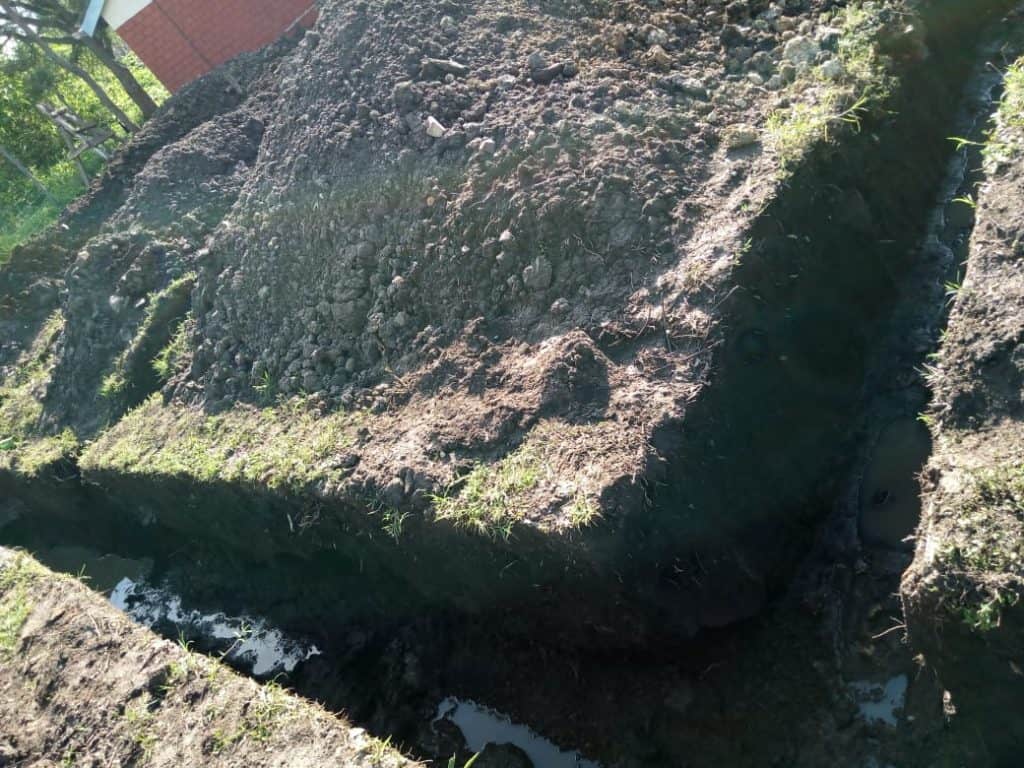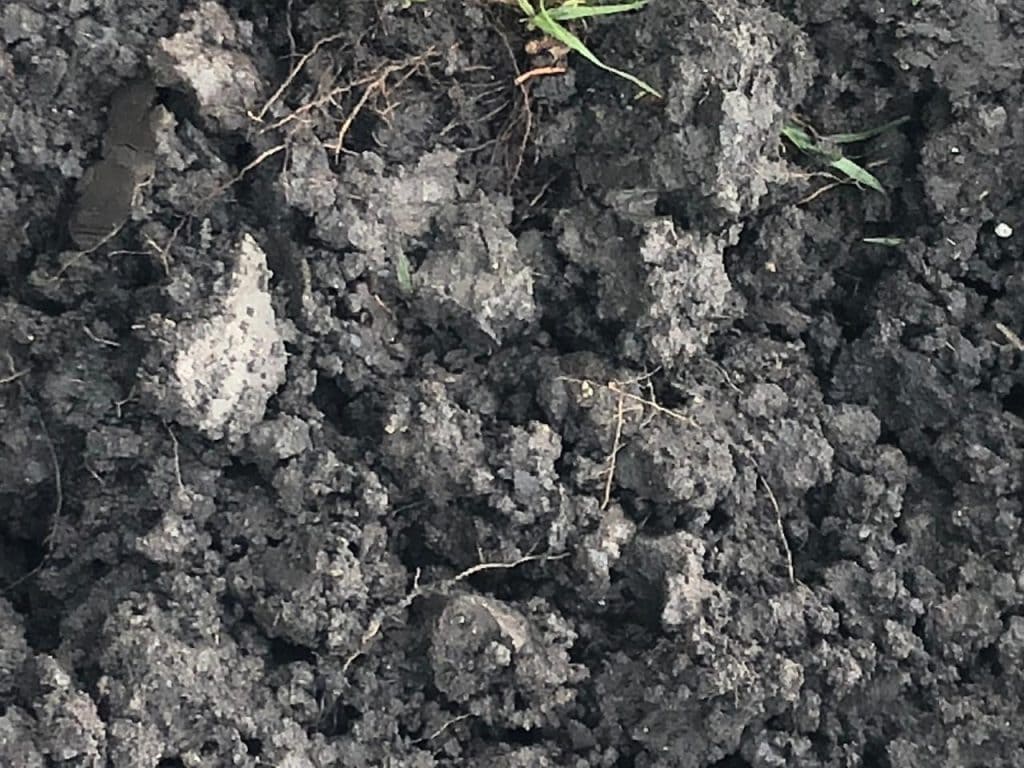In Kenya, building a solid foundation can be particularly challenging, especially in a place where there is black cotton soil. Kenya has a large topographical diversity. Areas such as parts on Kajiado, Nairobi, Rift Valley, Kiambu, Machakos, and Nyanza are covered with black cotton soil.
Building on black cotton soil is dangerous due to its shrinkage and swelling characteristics. The soil soaks water and expands during the rainy season. Conversely, during the dry season, the soil loses water and shrinks. This often leads to the formation of cracks on the surface of the soil.
In addition to shrinkage and swelling characteristics, there is also the issue of poor bearing capacity. Poor load-bearing capacity can lead to the building collapsing, cracks, and other damages. But there are ways you can build a strong foundation in black cotton soil, starting with the footing.
Factors to consider when designing footings on the black cotton soil:
According to Part VIII of the national building code final draft 2020, the following factors should be observed, when designing footings on the black cotton soil:
- Remove the entire black cotton soil to the rock or any other level approved by the engineers at the site.
- Where the soil bearing capacity is exceptionally soft or poor, the bed of the foundation trench should be hard and firm. You can achieve this by excavation and filled using murram, suitable hardcore, or ballast.
- Whether the depth of the soil is less than 1.8m, you should remove the soil to a depth of 0.9 and overlay a 7.62cm thick of concrete of not less strength than 1:4:8 or a 10.16cm thick of consolidated murram.
- The level of the black cotton soil should be a minimum of 150 mm below the underside floor level when using a suspended floor.
Foundation in Migori black cotton made easier using beam and block.
Beam and block offer another angle when it comes to building a foundation on black cotton soil. Recently, we were involved in a project in Migori country. The project consists of a Ground Floor Slab 45.2 M x 8.9 M Width: 200 mm Thick Slab comprising of classrooms, staff offices, and Washrooms. The school is in Migori County the nearest town is Kisumu Town which is 190 KM from Nairobi.
The client wanted a primary school with classrooms, a Staffroom, Head Teacher Room, Toilets, and Computer Library to be built before school commences. He also required something affordable, fast, strong, durable, easy to install.
Building a foundation in the blank cotton soil was challenging enough. Coupled high cost of transportation for raw materials, cement, sand & the challenges increased. That is why the client chose the beam and block slab system.
Solution provided by Ecoconcrete.
An Ecoconcrete Engineer studied the structural drawings of the project and came up with a simple solution which the client agreed. The engineer suggested the contractor excavates only the trenches for the strip foundations. After the trenches were ready, the foundation walling was brought two courses off the ground to receive the Beam & Block to create a suspended ground floor slab.

Once all the above was in place, our engineer went to the site to confirm all the dimensions. Afterwards, they created the casting schedule for the beams. We produced and cured the beams in our Yard in Nairobi then transported them to the site. Upon reaching the site, we installed them, grouting was done by the contractor, a screed of 50 mm was laid, and the suspended slab was ready within a week.
The contractor then did the superstructure to complete the school and saved a lot in terms of time. If he had gone the traditional way, he would have had to excavate the entire area and dispose of the soil. Then he would need to construct a foundation, and concrete the slab. Afterwards, he would have to wait for 21 days for the Floor to cure before continuing further.
Conclusion
Building in black cotton areas presents many challenges. The beam and block slab system is used due to its economy and simple installation technique. It mitigates the effect of the black cotton soil and also affordable when compared to conventional slabs. Our client was satisfied with the work done and the affordability of our products and system.

